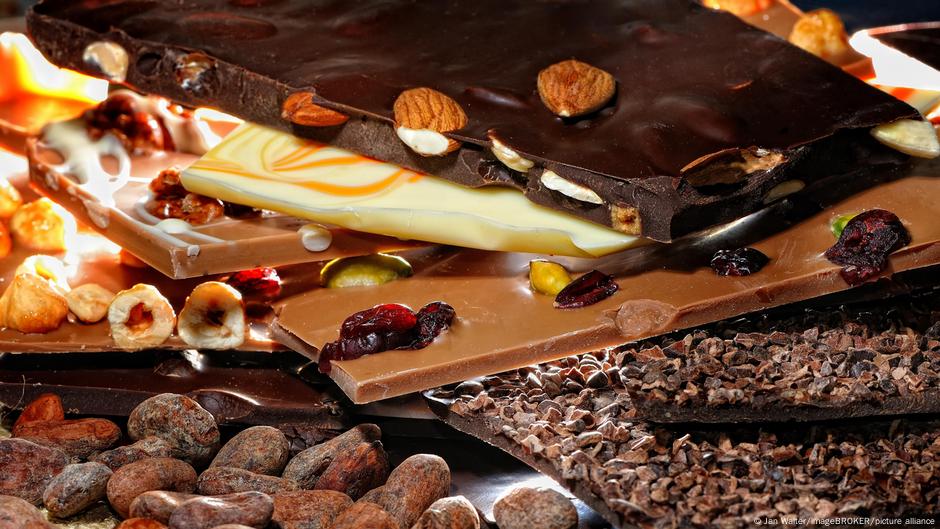Introduction to Chocolate Varieties
Chocolate fans can confirm the large selection of flavors that this sweet pleasure has to offer not only from brand to brand, but also from country to country. Consumer preferences are just as diverse.
US Chocolate
In the 17th century, cocoa came to the North American colonies as a drink from Latin America. The dense, sweet chocolate, which is popular today, was brought into the new world in the second half of the 19th century by Swiss chocolatiers. Despite their common origin, Swiss and US chocolates taste very different. In the United States, the most successful brands prioritize a long shelf life and a taste that many European palates get used to. This is partly due to the use of butyric acid, which makes chocolate slightly acidic, as well as the high sugar content and additives such as maize syrup or herbal fats.
European Chocolate
European chocolate manufacturers appreciate traditional recipes. In Western Europe, especially in Switzerland, Belgium, France, and Germany, the focus is on fine taste and high quality. For example, chocolate recipes in the EU are more strictly regulated than in the United States: milk chocolate must contain at least 25% cocoa solids, and cocoa butter is required as the main fat. Manufacturers rely on traditional processes that give chocolate their fine, creamy texture.
Growing Markets
In India and other parts of Asia, chocolate is a relatively new delicacy. Industrial production only started here in the middle of the 20th century. However, the market grows quickly and replaces traditional sweets, especially among younger people. Africa, especially West Africa, is the world’s largest cocoa producer. However, chocolate consumption only accounted for around 4% of the world market in 2018. This is also due to the heat that makes it very difficult to produce chocolate bars.
Unique Chocolate Varieties
In Japan, Kitkat bars such as Matcha, soy sauce, and Wasabi have been cult favorites for years. Some Japanese chocolate varieties can produce a unique taste that European consumers may find acquired. Indian chocolate is currently considered an insider tip, with cocoa beans having a very striking fertility with a nutty note.
The Dark Side of Chocolate Production
Despite all the joy that delicious and special types of chocolate bring, we should not forget the dark side of its history: cocoa’s triumphal trip from Latin America to the rest of the world is inextricably linked to colonial exploitation. It was the European colonial powers that deliberately brought the cocoa system into their tropical colonies to satisfy the growing demand in Europe. The cultivation and harvest were carried out with the help of the local population – usually under inhumane conditions. And even today, many cocoa farmers are delivered to the electricity mechanisms of the global market, living in extreme poverty due to low prices paid by trading companies.

